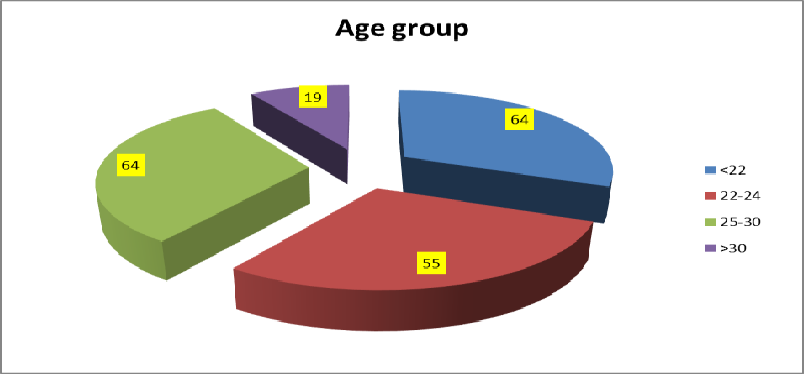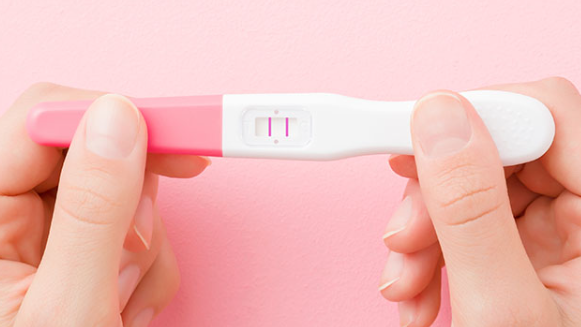The journey to motherhood is unique for every person, and one of the most significant factors influencing this journey is age. With women and pregnant people starting families at a wider range of ages than ever before—from the teenage years to perimenopause—it’s helpful to understand the general health landscape, the “sweet spot” for fertility, and the important warnings for each stage.
This post provides a general assessment of maternal age from 15 to 55.

General Assessment: A Spectrum of Experience
Pregnancy at any age comes with its own set of joys and challenges. Modern medicine aims to support healthy outcomes across this entire spectrum, but it’s crucial to be informed about the statistical realities.
The Peak Time for Pregnancy: The 20s to Early 30s
Biologically speaking, the ideal window for pregnancy is between the late teens and early 30s. The peak of fertility is generally considered to be in the early to mid-20s.
During this time:
Optimal Egg Quality & Quantity: A person is born with all the eggs they will ever have. In their 20s, these eggs are at their healthiest, with the lowest risk of chromosomal abnormalities.
Lower Risk of Complications: The risks of conditions like gestational diabetes, preeclampsia (high blood pressure during pregnancy), and preterm birth are statistically lower.
Physical Resilience: The body typically recovers more quickly from childbirth.
Fewer Pre-existing Conditions: Younger individuals are less likely to have chronic health issues like hypertension or diabetes that can complicate a pregnancy.
However, “peak biological time” doesn’t always align with life’s other plans, including career, relationships, and financial stability. This is why the average age of first-time mothers has been steadily rising in many countries.
A Closer Look at the Age Ranges
1. Adolescence (Ages 15-19)
General Assessment: Teen pregnancies require specialized care. The mother is still developing, which can create a nutritional competition between her growing body and the developing fetus.
Risks & Warnings: Higher risks of anemia, preeclampsia, giving birth to a low-birth-weight baby, and postpartum depression. Social and economic challenges are also significant factors that require strong support systems.
2. The Twenties (Ages 20-29)
General Assessment: This is the decade of highest fertility and lowest risk for most pregnancy-related complications.
Risks & Warnings: While risks are lower, they are never zero. Proper prenatal care is essential for everyone. The risk of chromosomal conditions like Down syndrome begins a very gradual increase from about age 25 onward.
3. The Thirties (Ages 30-39)
General Assessment: Many have healthy pregnancies well into their 30s. However, a notable shift occurs after age 35, which is often termed “advanced maternal age” (AMA).
Risks & Warnings (especially post-35):
Fertility: A gradual decline in fertility becomes more pronounced.
Miscarriage: The risk of miscarriage increases due to a higher rate of chromosomal abnormalities in eggs.
Maternal Health: Increased risk of gestational diabetes, preeclampsia, and cesarean delivery.
Fetal Health: The risk of chromosomal disorders rises more steeply. For example, the risk of Down syndrome is about 1 in 1,250 at age 25, rising to about 1 in 350 at age 35, and 1 in 100 by age 40 (ACOG).
4. The Forties and Beyond (Ages 40-55)
General Assessment: Pregnancy in this age range is common but requires careful monitoring. Many people in their early 40s have healthy pregnancies, but the statistical risks are higher.
Risks & Warnings:
Fertility: A significant decline in natural conception rates. Many turn to Assisted Reproductive Technologies (ART) like IVF.
Pregnancy Complications: Higher rates of high blood pressure, gestational diabetes, placental issues, and preterm birth.
Fetal Health: The risk of chromosomal abnormalities continues to increase.
Multiple Births: The use of fertility treatments raises the chance of twins or multiples, which is itself a higher-risk pregnancy.
Important Warnings and Proactive Steps for Every Age
No matter your age, a healthy pregnancy is the goal. Here are universal warnings and recommendations:
Preconception Checkup: This is crucial. Discuss your health, lifestyle, and family history with a doctor before you conceive.
Prenatal Care is Non-Negotiable: Attend all appointments. This allows your healthcare team to monitor your health and the baby’s development and catch any issues early.
Chronic Conditions: If you have a pre-existing condition like diabetes, thyroid disorder, or hypertension, work with your doctor to manage it optimally before and during pregnancy.
Lifestyle Matters: Avoid alcohol, smoking, and recreational drugs. Maintain a healthy weight and eat a balanced, nutrient-rich diet.
Listen to Your Body: Report any concerning symptoms—like severe headaches, vision changes, heavy bleeding, or decreased fetal movement—to your doctor immediately.
The Bottom Line of Maternal Age Spectrum
While biology points to the 20s as the peak time for pregnancy, millions of healthy babies are born to parents outside this window every year. The most important factors are informed choice, proactive health management, and consistent, quality prenatal care.
Whether you are 18 or 45, having open conversations with your healthcare provider will empower you to navigate your unique pregnancy journey with confidence.
References:
American College of Obstetricians and Gynecologists (ACOG). (2020). Having a Baby After Age 35: How Aging Affects Fertility and Pregnancy. https://www.acog.org/womens-health/faqs/having-a-baby-after-age-35-how-aging-affects-fertility-and-pregnancy
March of Dimes. (2023). Pregnancy after age 35. https://www.marchofdimes.org/find-support/topics/pregnancy/pregnancy-after-age-35
World Health Organization (WHO). (2020). Adolescent Pregnancy. https://www.who.int/news-room/fact-sheets/detail/adolescent-pregnancy
Disclaimer: This article is for informational purposes only and does not constitute medical advice. Please consult with a qualified healthcare professional for personal medical advice.





